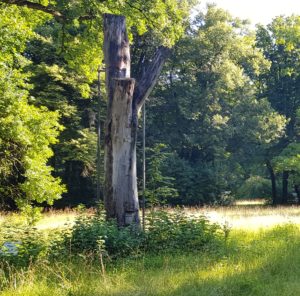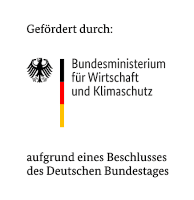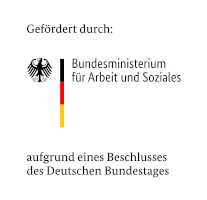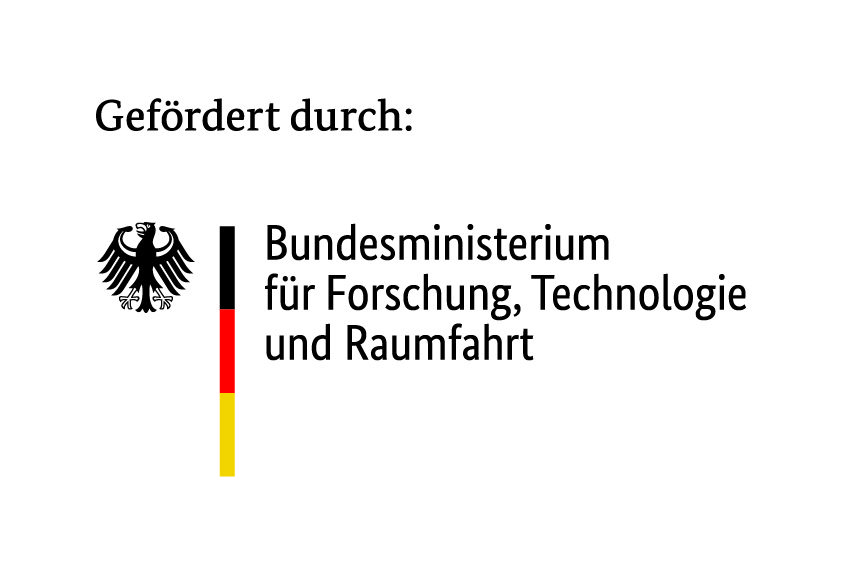Pioneering joint project in the Siebentischwald in Augsburg
Augsburg. Two carbon rods stabilize the still mighty torso of a dead beech in the Augsburg city forest. Carbon is a versatile high-tech material; the six-meter-long tree supports are a recycled product made from dismantled rotor blades of a wind turbine. With this innovative pilot project, the city of Augsburg, science and industry are jointly exploring the possibilities of using high-quality recycled carbon to sustainably secure rotten trees and thus valuable natural habitat for biodiversity.

The carbon-based material makes valuable contributions to nature conservation and species protection, here for example as the support for an old beech tree in the Augsburg Siebentischwald
In the municipal Siebentischwald, the Augsburg environmental department is currently supporting an exciting nature conservation and recycling project. Under the motto “Second Life”, recycled carbon rods from rotor blades of decommissioned wind turbines are used to support trees that are getting old and threatened by felling. Now the project partners presented the first tree of its kind as a prototype to the public in an on-site meeting.
The project is scientifically accompanied by the tree expert Dipl.-Ing. Andreas Detter, Gauting, and Dr. Michael Heine, expert for carbon fibers and composite materials, Augsburg. The material was provided by Franz Weißgerber, CEO of the Donau-Ries-based iii-Carbon Weißgerber GmbH & Co. KG. Heine and Weißgerber are the driving force behind this and numerous other innovative approaches to the use of carbon, an exciting and versatile material. They are supported by the Augsburg office of the internationally active industry association Composites United e.V. (CU), in which both are also active.
Supporting trees means protecting life
Birds, beetles, lichens, mosses, mushrooms – diverse life cavorts in and on a dead tree. “Large old trees and historical tree monuments”, emphasises Augsburg’s environmental officer Reiner Erben (Bündnis 90 die Grünen), “represent an almost irreplaceable value for biodiversity”. But the rotten wood of such trees also breaks easily and is then a danger for walkers and cyclists that should not be underestimated, especially in local recreation areas. In order to ensure road safety, the responsible local authorities therefore often have old and unstable trees felled.

Five experts in front of the carbon-supported old beech tree in Augsburg’s Siebentischwald: Franz Weißgerber, specialist agriculturalist Robert Dettenrieder, Reiner Erben, Andreas Detter and Michael Heine (from left to right)
Recycled carbon brings salvation
The idea of the two carbon specialists Heine and Weißgerber, which is as simple as it is ingenious, could solve the dilemma. Carbon “is extremely stable, durable and resistant to corrosion and other environmental influences, while also being very light and filigree,” explains Heine, who as CU’s innovation mentor is always open to unusual solutions.
This also applies to his CU association colleague Weißgerber. He expects that “in the coming years, the saw-rough carbon supports will be covered by a weathering layer of moss and lichens” and then, while maintaining the same stability, will fit completely unobtrusively into the forest landscape. The city of Augsburg, at any rate, initially wants to equip two fragile trees with the carbon supports and, if successful, has plenty of other tree candidates up its sleeve.

















